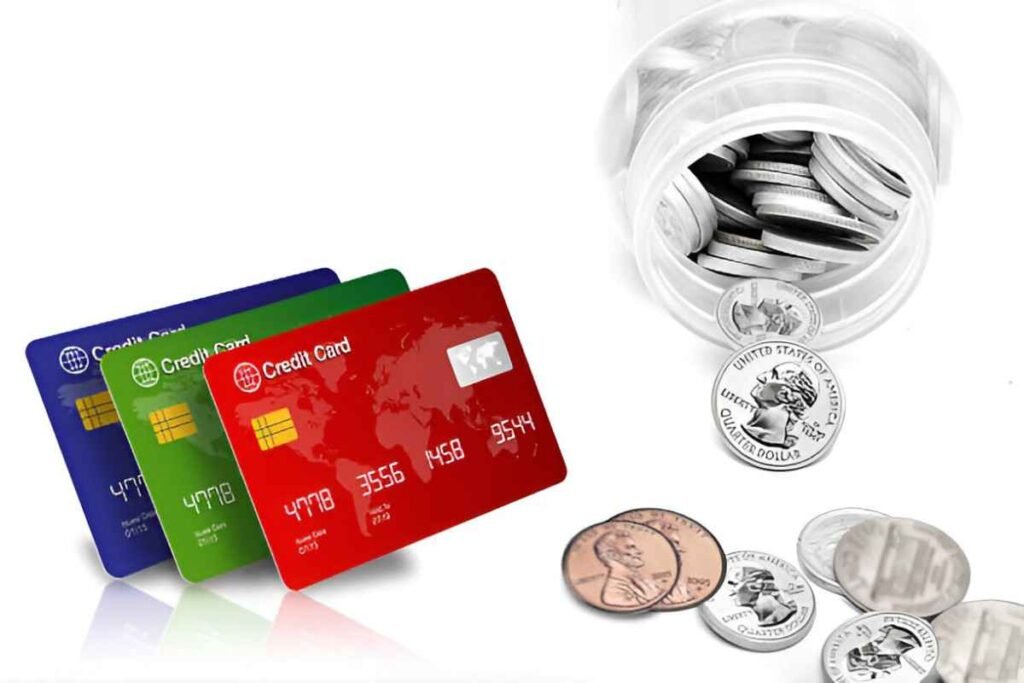As an enthusiast of both history and financial tools, I find the story of antique credit cards to be an intriguing subject. These cards—often regarded as relics of the past—hold a certain mystique and offer insight into how the financial landscape has evolved over the years. In this article, I want to explore antique credit cards, delving into their origins, their significance in the history of personal finance, how they’ve been valued by collectors, and what makes them so unique today. If you’ve ever been curious about how credit cards were once perceived or what makes these early versions valuable, this piece will guide you through the fascinating world of antique credit cards.
Table of Contents
What Are Antique Credit Cards?
To begin, let’s define what I mean by “antique credit cards.” Antique credit cards are the early versions of the modern plastic cards that have evolved into the common means of payment today. These cards, which first emerged in the early-to-mid 20th century, were very different from what we now use. They were often metal, embossed with intricate designs, and made of materials like steel or brass, rather than plastic.
Antique credit cards typically refer to those issued by banks, travel companies, or even large department stores. These cards existed before the age of electronic payment networks, such as Visa and MasterCard, and before the advent of online banking. They were largely used as a tool for establishing a line of credit, often in the form of charge cards, where users had to pay off their balance in full each month.
The Early Days of Credit Cards: A Brief History
The idea of credit itself isn’t new. In fact, credit transactions have existed for thousands of years, from merchants offering credit to customers in ancient Rome to the installment payment plans in the 19th century. However, the credit card as we know it today didn’t emerge until the 20th century.
The first credit card-like instrument was introduced in 1921 by Western Union, which offered a “credit card” that customers could use for purchases. This was followed by the first real, universal charge card in 1946, introduced by John Biggins, a Brooklyn banker. His idea was to allow customers to make purchases without carrying cash, and he called his creation the “Charg-It” card.
It wasn’t until 1950 that the Diners Club card came into existence, marking the first widely recognized credit card. Initially used for travel and entertainment expenses, the Diners Club card marked a significant step in the credit card industry’s history. This was the first charge card that could be used at various merchants.
Then came the introduction of the credit card in its current form. American Express issued its first charge card in 1958, and the Bank of America (later becoming Visa) issued its first credit card in 1959, followed by MasterCard in 1966. These cards allowed for revolving credit, where users didn’t need to pay their balance in full each month, but could instead carry a balance over time and pay interest on the outstanding balance.
The Collectible Nature of Antique Credit Cards
Now that I’ve covered a brief history of credit cards, it’s time to explore why antique credit cards have become collectibles. As with any collectible, the value of an antique credit card is influenced by several factors, including rarity, condition, and historical significance.
Let’s take a look at the factors that make these old credit cards valuable:
1. Rarity
The rarity of an antique credit card plays a major role in its value. Some early credit cards were issued in very limited quantities. If a card was one of the first issued by a particular bank or company, or if it was only available to a specific group of people (like high-ranking executives or VIP customers), the card becomes much rarer and thus more valuable.
For instance, a 1950s Diners Club card, in excellent condition, is a rare find, and collectors often pay high prices for it because of its historical importance as one of the first universal credit cards.
2. Condition
The condition of the card is just as important as its rarity. Cards that have been kept in pristine condition, with minimal wear and no significant scratches, bends, or discoloration, are worth much more than those that show significant signs of use.
I’ve come across antique credit cards that are preserved in perfect condition, often encased in a protective frame or album. These cards are more likely to fetch a higher price in the collectibles market.
3. Historical Significance
Some antique credit cards are valuable because of their place in history. A card issued by a company that played a pivotal role in the development of modern credit or one that was linked to a famous person or event can add an additional layer of value.
For example, an early 20th-century American Express card with a unique design or one that was issued during a historically significant period (such as the post-World War II boom in consumer credit) can command a higher price among collectors who appreciate the historical context.
How Antique Credit Cards Are Valued
Valuing antique credit cards can be tricky, as it involves evaluating a number of factors. While there’s no one-size-fits-all method, there are several tools and resources collectors rely on to determine the value of a card.
Let me walk you through a simplified example of how I might value an antique card. For this example, let’s assume I’m looking at two antique credit cards from the 1950s: a Diners Club card and an American Express card.
| Card Type | Year Issued | Condition | Rarity Level | Estimated Value |
|---|---|---|---|---|
| Diners Club Card | 1952 | Excellent | High | $500 |
| American Express Card | 1959 | Good | Medium | $200 |
The difference in estimated value can be attributed to several factors:
- The Diners Club card is in excellent condition, making it more valuable.
- The American Express card is in good condition, meaning it has some wear and tear.
- The rarity of the Diners Club card makes it more desirable to collectors, as it was one of the first universal credit cards.
The Modern Relevance of Antique Credit Cards
In today’s digital age, the concept of physical credit cards seems almost outdated. We rely on digital wallets, contactless payments, and mobile banking to handle our financial transactions. However, antique credit cards serve as a reminder of how far we’ve come in the development of payment systems. For collectors, these cards are not just valuable items—they are pieces of history.
Antique credit cards also represent the early days of consumer credit. Today, we take for granted the ease with which we can borrow money using a credit card. But these early cards were not only a new way of transacting; they were part of a broader shift in the way people approached spending, saving, and borrowing. They marked the transition from cash-based economies to the modern credit-based systems that are now a part of our everyday lives.
Are Antique Credit Cards Worth Collecting?
Whether or not you should collect antique credit cards ultimately depends on your personal interests and goals. If you enjoy history, financial systems, or unique collectibles, then antique credit cards could be a fascinating addition to your collection. They offer a window into a time when credit was new and evolving, and they come with a rich history that’s still appreciated by collectors today.
For me, the appeal lies in both the financial and historical elements. I’m fascinated by how these cards shaped consumer behavior and how they helped establish the modern credit system we rely on today. As I’ve learned, the value of antique credit cards doesn’t only come from their monetary worth—it’s also about appreciating the history they represent.
Conclusion: Antique Credit Cards as Timeless Collectibles
Antique credit cards, once considered simple financial tools, have grown into prized collectibles. Their rarity, historical significance, and unique designs make them valuable in the eyes of collectors. While they may no longer serve the same function in today’s digital world, they remain an important part of the history of personal finance. Collecting these cards is a way to hold a piece of that history in your hands. So, whether you’re an experienced collector or simply intrigued by the origins of modern finance, antique credit cards offer a fascinating journey into the past.





